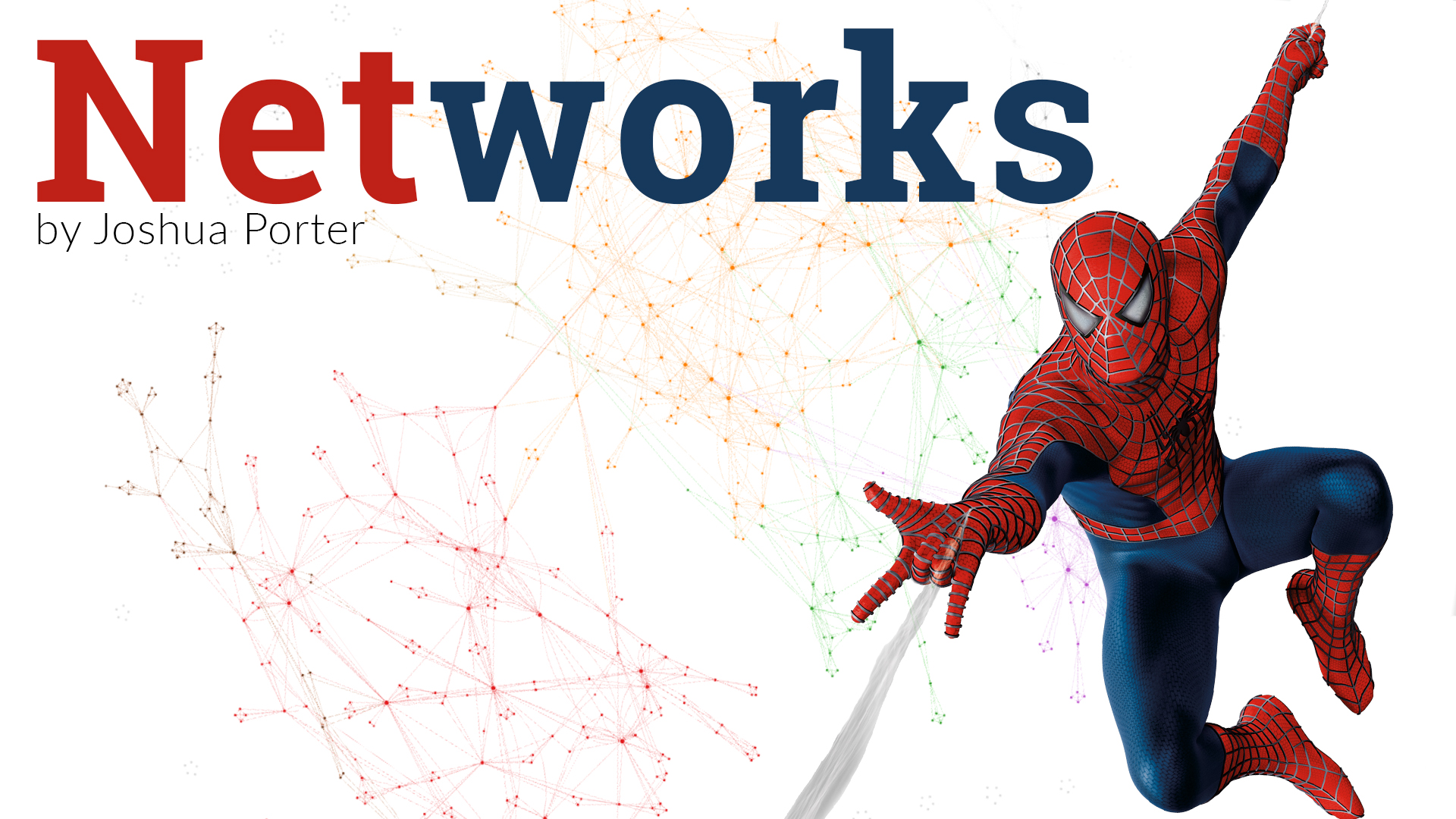
With the assignment detailing how networks can be used another trend we have seen recurring over the course became apparent once again. The levers used to present the data to the viewer can be manipulated to cause a certain narrative. This use of interpretation is dangerous and if not checked could pose a major hurdle in the legitimacy of Digital History.

Using the different levers, filters, and clustering you can pose very different results. If, for example, you only show the years of 1734, 1735, 1736, and 1737 you could argue that communities were insular and had little overlap over each clique in the society. Pulling more information, you may be able to make an argument based on race, ethnicity, or class. This of course shifts as soon as you add the rest of the years from the data set and it shows how overly connected the people become.
The more comprehensive network graph with all the years included can also be shifted to change the narrative. The shift between Forced Network and Forced Atlas changes who is the major players. The shift between degree centrality and betweenness centrality makes different names rise to the top in importance of connectedness. Anna Clement becomes one of the major players in the network with Betweenness Centrality, however she becomes less important with Degree Centrality. The more striking is Ezra Teganderasse who is a minor name with Degree Centrality but becomes one of the most important with Betweenness Centrality.
All the changes based on what we are focused on changes the interpretation you could draw from the graph and without clear reasoning could be used to manipulate the network into creating a narrative that benefits the writers biases.
One could say that with great power comes great responsibility.
